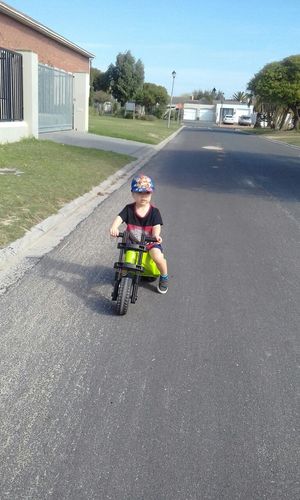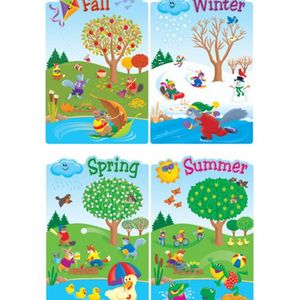
I can/can't ride a bike for intermediate students.
忙しい方、やり方が不明な方は
代行リクエストを依頼する
レッスンの詳細
In this lesson, I have used abilities all young kids possess to explain the difference between being able to do something and not being able to do something in a Grammar lesson.
For example:
- I can ride a bike because I am big. (positive)
- I can't ride a bike because I am too small. (negative)
A Grammar lesson for young kids can be challenging, so in order to keep it uplifting, I have included various fun activities for the kids to do to keep them involved.
We address grammar key points and pronunciation of words and the student engages in conversations relating to things they can and can't do in their daily lives.
The student is encouraged to express the new language learned in conversation, based on their ability or inability in everyday life, thus allowing them the opportunity to freely express these experiences. This also enables me to monitor their progress and take notes on any key elements that may need to be addressed.
For example:
- I can ride a bike because I am big. (positive)
- I can't ride a bike because I am too small. (negative)
A Grammar lesson for young kids can be challenging, so in order to keep it uplifting, I have included various fun activities for the kids to do to keep them involved.
We address grammar key points and pronunciation of words and the student engages in conversations relating to things they can and can't do in their daily lives.
The student is encouraged to express the new language learned in conversation, based on their ability or inability in everyday life, thus allowing them the opportunity to freely express these experiences. This also enables me to monitor their progress and take notes on any key elements that may need to be addressed.

カフェトークの キャンセルポリシー
リクエスト確定前
- いつでも無料キャンセル可能。
リクエスト確定後
- レッスン開始時刻の24時間以上前→ いつでもキャンセル可能。
- レッスン開始時刻の24時間未満→ キャンセル料がかかる場合があります。
-
レッスンに現れなかった場合→ キャンセル料がかかる場合があります。
(キャンセル料については、講師に直接ご確認ください)
この講師のレッスン
-
-


Vocabulary Lesson: Adjectives describing Seasons.
The Four Seasons for intermediate students.30分 1,100P
-




